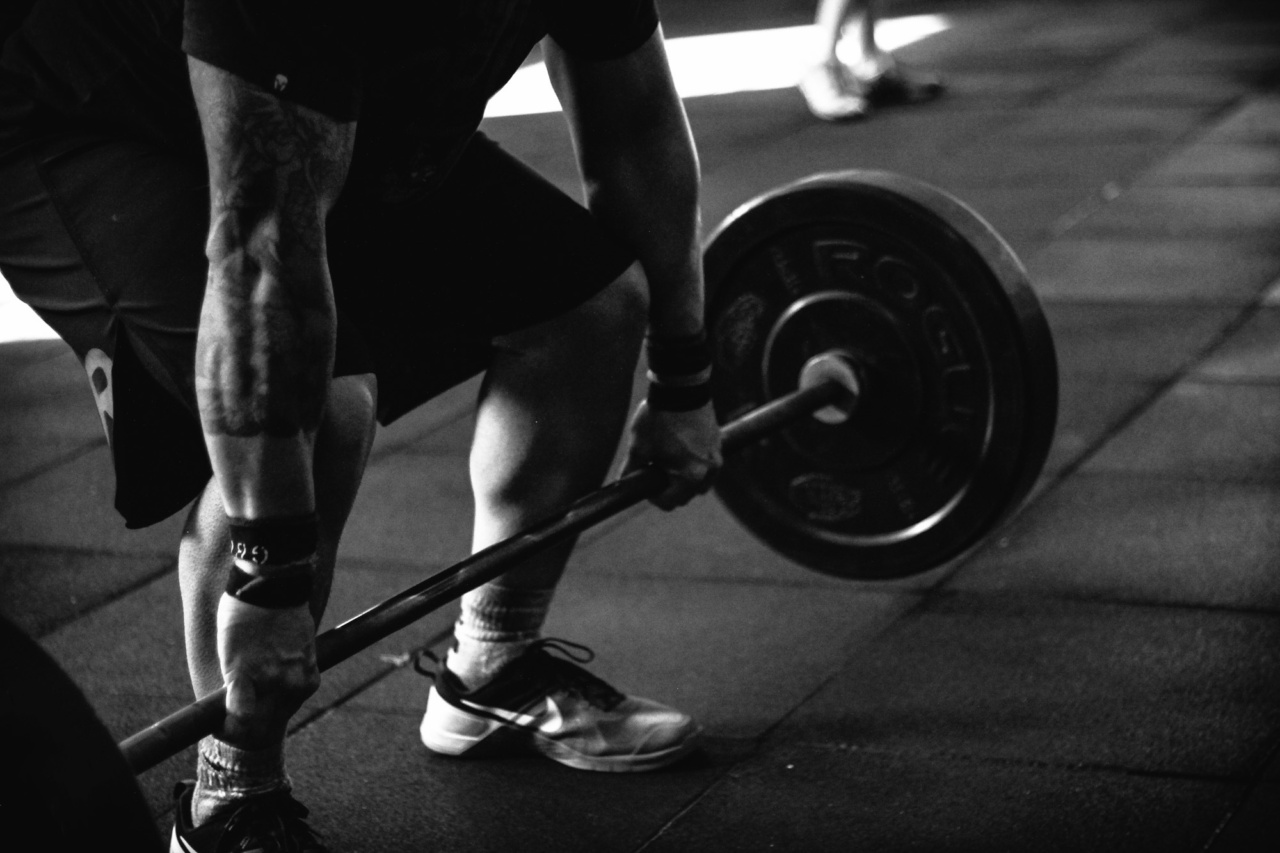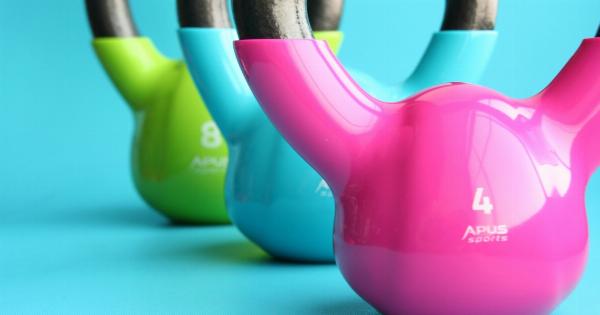If you’re looking to increase muscle size and strength, then you should consider supplementing with creatine.
One of the most well-researched supplements on the market, creatine has been shown to provide numerous benefits to athletes and fitness enthusiasts alike. However, there’s more to creatine supplementation than simply taking a pill or powder. Here’s what you should know about maximizing your muscle gains with creatine:.
What is Creatine?
Creatine is a naturally occurring compound found in meat and fish, as well as in smaller amounts in dairy products and certain vegetables. It’s also produced by the body in small amounts in the liver, kidneys, and pancreas.
Creatine is stored in the muscles as phosphocreatine, which can be used to rapidly produce ATP (adenosine triphosphate) – the primary energy source for muscle contractions.
The Benefits of Creatine Supplementation
Creatine supplementation has been extensively studied in scientific research, and has been shown to provide numerous benefits for athletes and fitness enthusiasts, including:.
- Increase in muscle size and strength
- Improved power output during high intensity exercise
- Improved anaerobic endurance
- Increase in lean body mass
- Improved recovery from exercise
Types of Creatine Supplements
There are various forms of creatine available on the market, including:.
- Creatine monohydrate
- Creatine HCL
- Creatine ethyl ester
- Buffered creatine
- Micronized creatine
While some forms of creatine may be marketed as superior to others, the research suggests that creatine monohydrate is the most effective form of creatine for increasing muscle size and strength.
It’s also the most affordable and widely available form of creatine. Buffered creatine and micronized creatine may offer some benefits in terms of improved solubility and absorption, but more research is needed to determine their effectiveness.
When to Take Creatine
Creatine supplements can be taken at any time of day, but there are several schools of thought when it comes to timing:.
- Pre-workout: Taking creatine before your workout may help to improve performance during your workout
- Post-workout: Taking creatine after your workout may help to improve recovery and reduce muscle soreness
- Anytime: Creatine can be taken at any time of day, as long as the recommended dosage is followed
Ultimately, the best time to take creatine depends on your individual goals and preferences.
Some people find that taking creatine pre-workout helps to boost their energy levels and improve their workout performance, while others prefer to take it post-workout to aid in recovery.
How Much Creatine to Take
The recommended dosage for creatine supplementation is typically 3-5 grams per day. However, some athletes may choose to “load” with creatine for the first week of supplementation, taking 20-25 grams per day in divided doses.
This loading phase may help to saturate the muscles with creatine more quickly, leading to faster results. Once the loading phase is complete, the athlete can continue with the maintenance dosage of 3-5 grams per day.
Side Effects of Creatine Supplementation
Creatine supplementation is generally considered safe and well-tolerated, even at high doses. However, some individuals may experience side effects such as:.
- Stomach upset
- Muscle cramps
- Dehydration
- Weight gain
- Kidney damage (extremely rare)
It’s important to speak with your doctor before starting any new supplement regimen, especially if you have any underlying medical conditions.
The Bottom Line
Creatine is an effective and affordable supplement for increasing muscle size and strength, improving workout performance, and aiding in recovery.
When choosing a creatine supplement, it’s best to stick with creatine monohydrate, and to follow the recommended dosage guidelines. With proper supplementation and a solid training regimen, you can maximize your muscle gains with creatine.






























